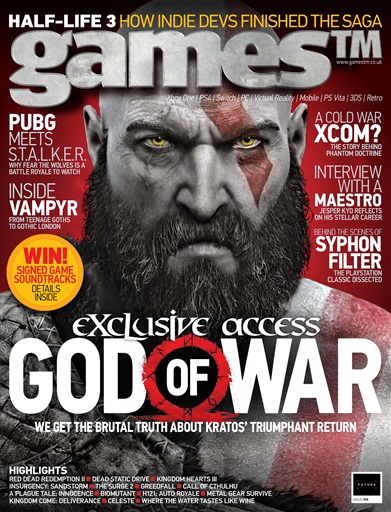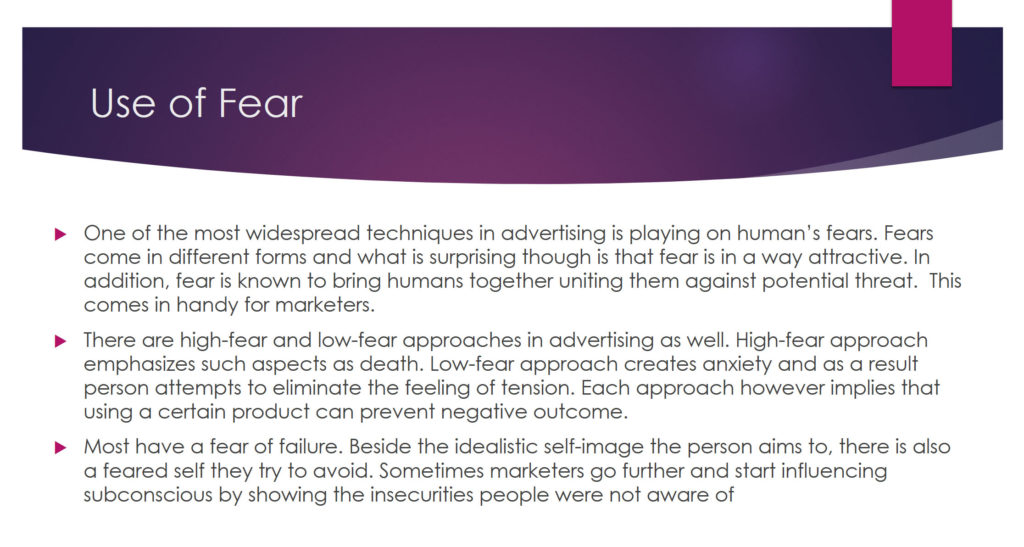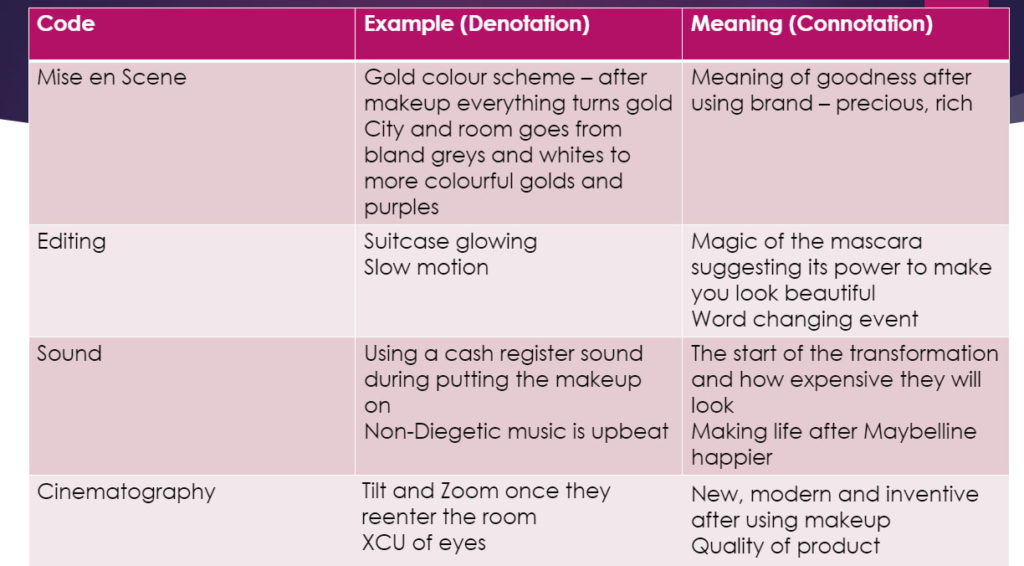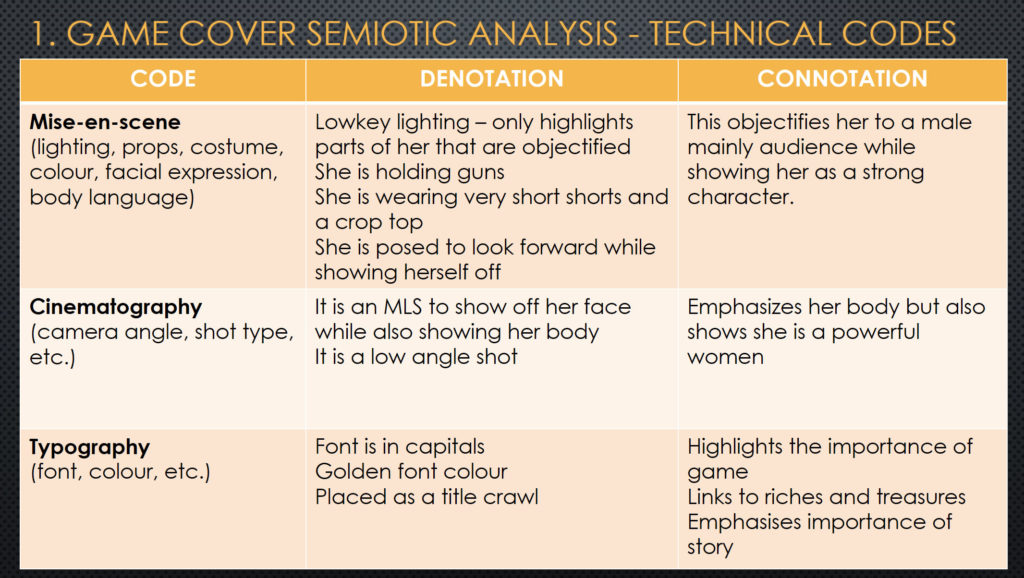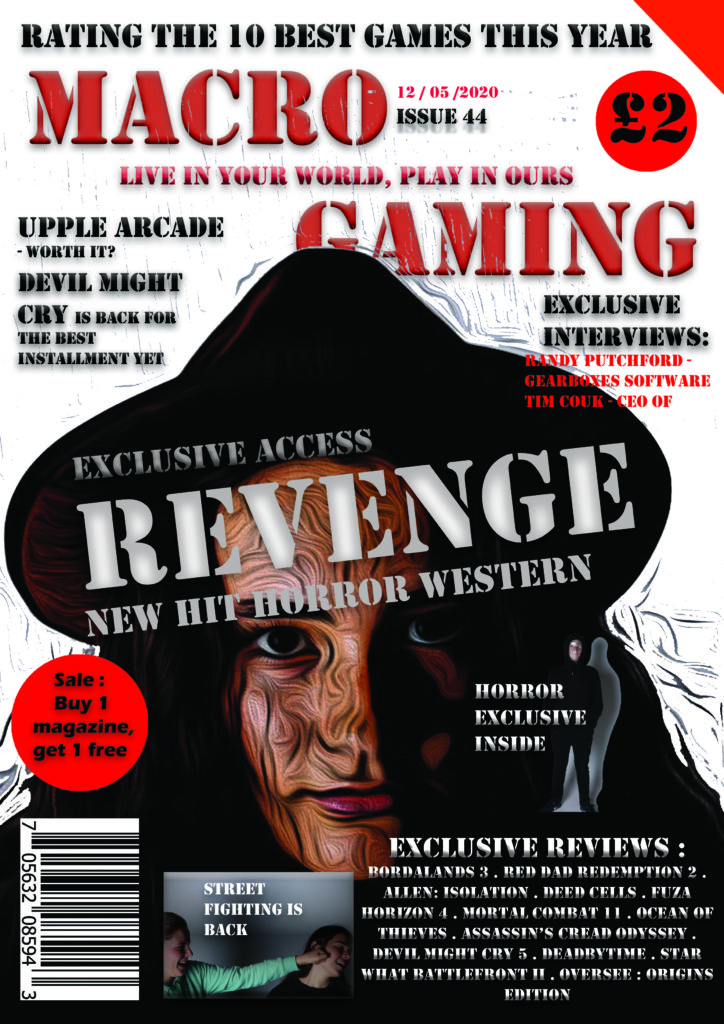While Tomb Raider portrays women as strong and independent, it also objectifies and emphasises her looks over her actions. Furthermore, Men’s Health stereotypes men as big and masculine to show the ‘perfect’ man while still representing other parts of being a man. This means that both CSP’s portray gender in a positive and negative way through the front covers and features spreads.
On the Tomb Raider
front cover, Lara Croft is shown as the only dominant signifier and is used at an
MLS to show off her face but also to show her body. She is also angled to show
off her assets which is clear objectification as the aim is targeted towards most
of the straight male audience. On the back cover, the camera is angled at her
butt as the player follows behind her which is very objectifying as it denotes
that her butt is the focus and so the most important part of her. On the other
hand, Men’s Health shows off an MLS of Vin Diesel (synergising the two brands
of Vin Diesel and Men’s Health), which also applies to the male audience due to
health tips of how to be a healthy man. This means the he isn’t as objectified
as much as Lara Croft due to being produced for most men. While at the time,
Tomb Raider was more of a radical text as it uses a positive stereotype
compared to the normal misrepresentation of women in video games, being the
damsel in distress. Men’s Health is a lot more of a reactionary text as it supports
the dominant ideology of men being large and tough.
However, the
new Men’s Health issues are more radical texts which don’t use traditional
stereotypes. The front cover talks about ‘#slay winter blues’ which addresses
the issue of mental health instead of just physical health. This refers to emotion
and therefore more feminine which ‘shouldn’t’ be talked about on a men’s
magazine. In the contents page, in shows Phillip Howells who is 69, these
counter the dominant ideology of all male athletes being very young therefore
creating a positive message while representing the elderly in a positive light.
It uses countertypes to the traditional feminine traits by making her wield
guns as they connote violence and action which are more traditionally masculine
stereotypes rather than being a fragile and caring woman. However, the guns are
small compared to other games with male character that are holding larger
weapons compared to 2 small pistols.
Both texts
apply to the straight male who usually fits into the emergent service workers as
they have high cultural capital. This is because Tomb Raider objectifies women
while Men’s Health try to make men feel better and healthier. The hegemony of
culture is changing as those dominant ideologies about gender and the fluidity
of identity is changing. This is to due the idea of being a man becoming a
wider term to include those with differences such as mental health, sexual
orientation or gender to apply to a larger and different audience. Referring to
Maslow’s Hierarchy of Needs, after physical health and safety the next need is
for that of love and belonging. By these case studies applying to this larger
audience, it makes people feel represented and belonged to a community, leading
to a change of the constructed identity in society while representing gender in
a broader spectrum without misrepresenting the target population.
Although both
case studies use stereotypes and countertypes to portray men and women in
different ways, these prints show the changing times as traditional masculinity
is only portrayed through physical health and appearance to the relevance of
identity and mental health. While women aren’t portrayed as helpless and have
become powerful and independent without the need of help from men.





